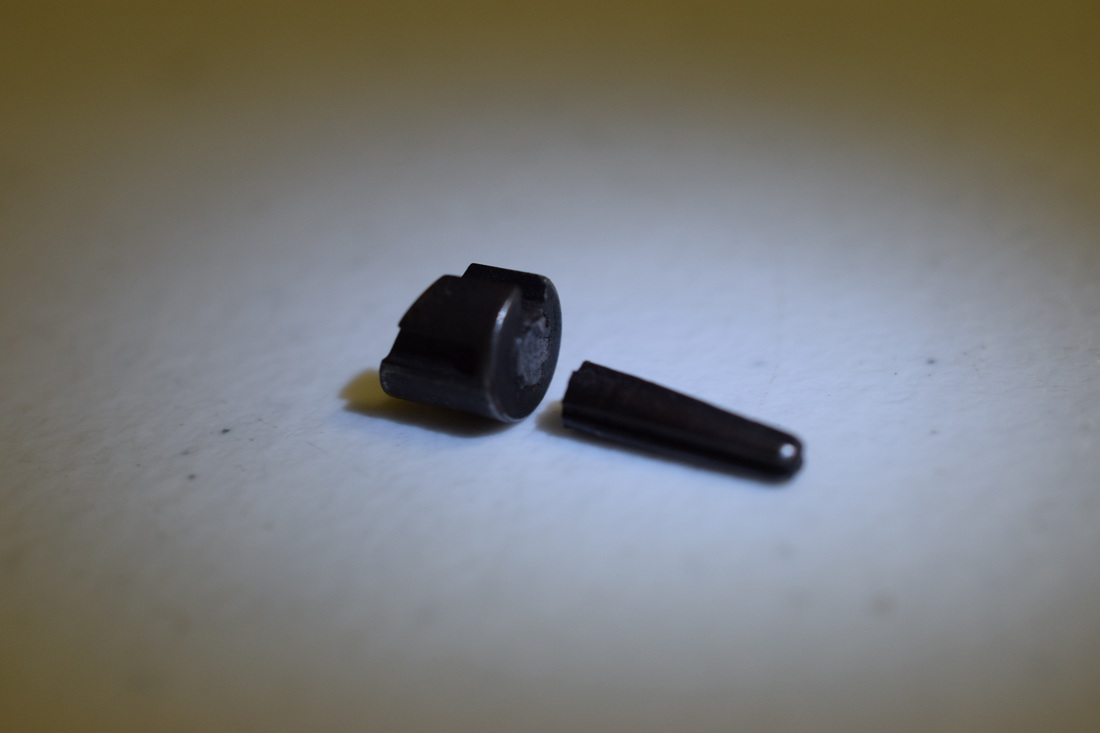Guns are made up of metals, and polymers. And all of the parts of these guns are made by men. That means that they are prone to flaw and failure immediately upon creation. Is this bad? Not at all. It is just the way it is. It is the job of the owner to accept this and take precautions to make sure the parts of their guns are not defective.
Parts on our guns will break, and usually people are more forgiving of them breaking after a long service life of 10,000 rounds and up. But people are understandably shocked and displeased when the springs and parts break early on, after only a few hundred rounds. I on the other hand, do not see this as an issue. The reason is that I have a good amount of experience and time shooting guns, which has taught me that parts that are going to prematurely break, typically will break within the first 2000 rounds. Since I began shooting, this has proven to be the round count limit by which parts and spring would fail by if they were indeed defective.
Normally we find that springs are the first thing to be found defective. This is because springs need to be heat treated. The life of a spring depends greatly on the chemical mixture of the spring metal, and the exact process of heat treating. That said, if you lubricate your springs, which reduces its friction, your spring service life should be extended a good amount.
If I find a part to be defective, I take advantage of the manufacturers warranty. 99% of the time, you will get these parts with no questions and within a few days, the part(s) will be sitting in your mailbox. All in all, I do not fear parts breakages, but I expect them within my 2000 round amnesty period. With all this, I believe you should be more forgiving of the guns and establish an amnesty period in-which the gun can expose defective springs and parts.

 RSS Feed
RSS Feed